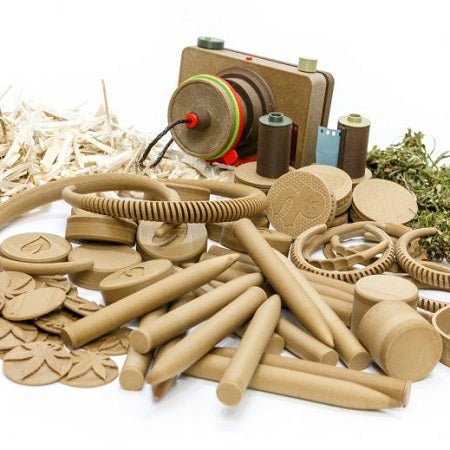Not only Henry Ford, forerunner in '37 with his Hemp Body Car, but also a few years ago BMW and Porsche, then even Mercedes with its A-Class, began to exploit hemp and bioplastics to make cars or engine and body parts. , moreover achieving excellent results in performance and crash tests.
Not to mention the disposal of carcasses, 100% sustainable and absolutely ecological. Then, the versatility of hemp plastic: its filaments are in fact so manipulable as to allow the creation of any object.
The video tells about the 3D printing of hemp plastic starting from the filament, also demonstrating the real application in its simplicity.
And it is here, in fact, that the old meets the new. Hemp fiber is one of the oldest and strongest types of natural fiber, and industrial hemp crops require no herbicides, pesticides and grow denser than corn. No dyes are used for the hemp filament, allowing it to maintain a true natural brown.
It turned out to be mechanically more performing than the other bio-plastics already on the market, and aesthetically more valuable, with veins reminiscent of wood. The natural matrix A together with the hemp fiber, gives life to the biocomposite A which due to its characteristics can very well be used to replace polyethylene terephthalate, the classic PET used for example for plastic bottles, which is a polluting and non-eco-sustainable material. .
This bio-composite can be used for example to coat steel pipes, as an anti-corrosive and insulator, otherwise coated with polypropylene. This material has a high specific resistance such that it can be used for aeronautical uses. Its lightness also makes it particularly suitable for the construction of technological objects, such as small drones.
online shop : https://www.canapuglia.it/it/filamento-canapa-hbp-pla.html



